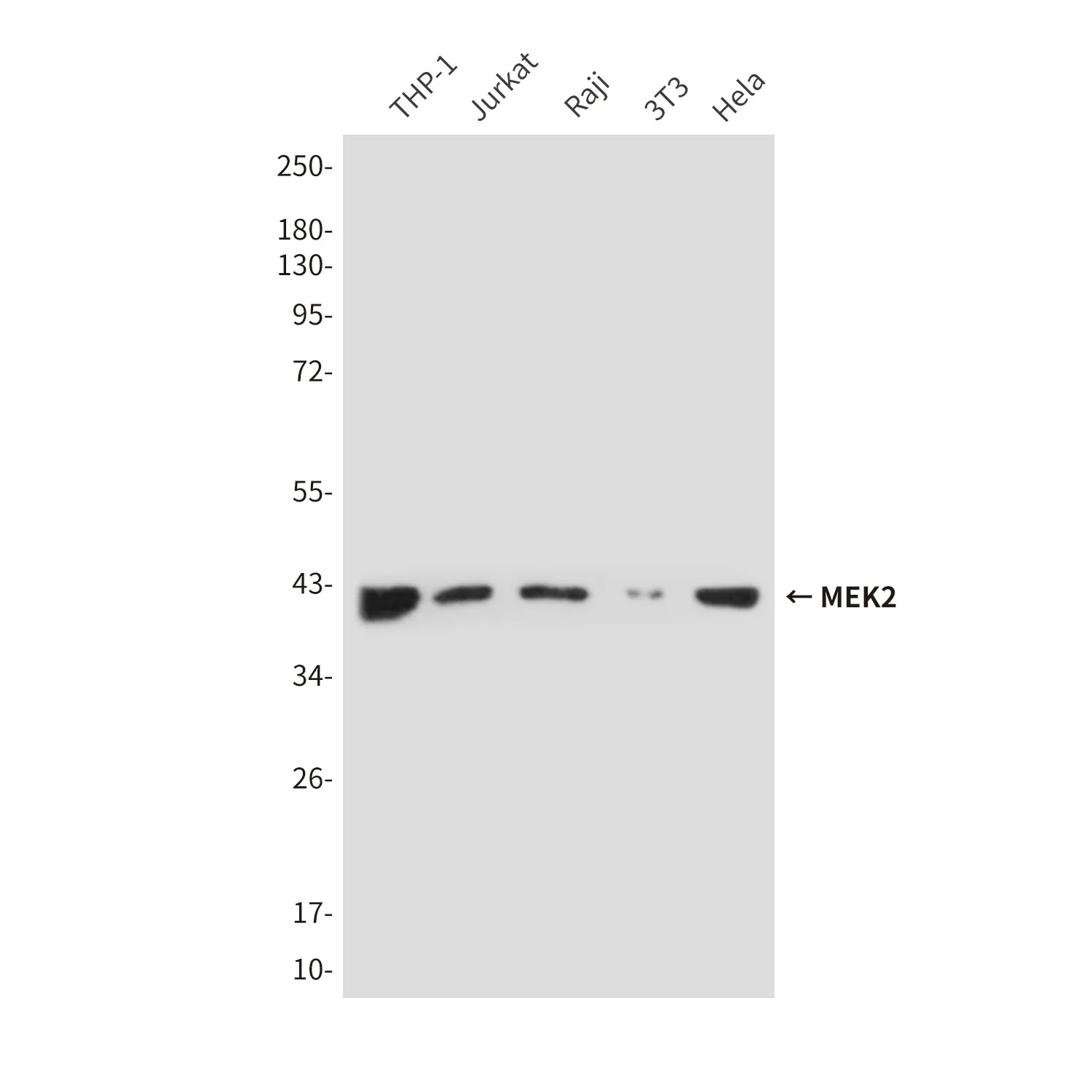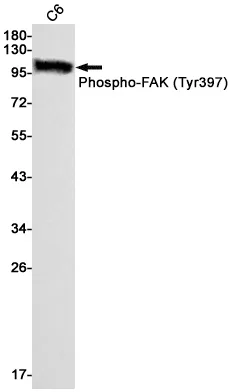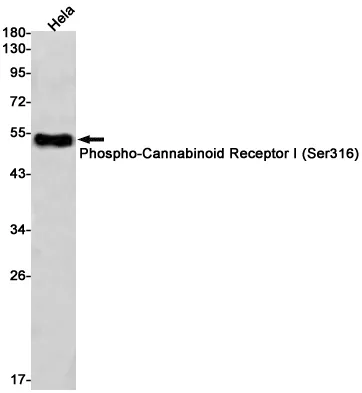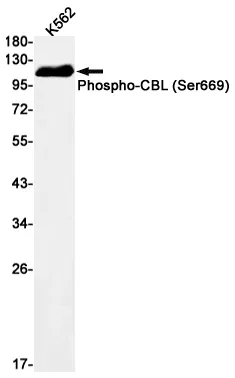Summary
Performance
Immunogen
Application
Background
Required for normal progression of S-phase. Involved in the circadian rhythm autoregulatory loop. Negatively regulates CLOCK-NPAS2/BMAL1-induced transactivation of PER1 possibly via translocation of PER1 into the nucleus. Plays an important role in the control of DNA replication, maintenance of replication fork stability, maintenance of genome stability throughout normal DNA replication, DNA repair and in the regulation of the circadian clock (PubMed:9856465, PubMed:17141802, PubMed:17296725, PubMed:23418588, PubMed:26344098). Required to stabilize replication forks during DNA replication by forming a complex with TIPIN: this complex regulates DNA replication processes under both normal and stress conditions, stabilizes replication forks and influences both CHEK1 phosphorylation and the intra-S phase checkpoint in response to genotoxic stress (PubMed:17141802, PubMed:17296725). TIMELESS promotes TIPIN nuclear localization (PubMed:17141802, PubMed:17296725). Involved in cell survival after DNA damage or replication stress by promoting DNA repair (PubMed:17141802, PubMed:17296725, PubMed:26344098, PubMed:30356214). In response to double-strand breaks (DSBs), accumulates at DNA damage sites and promotes homologous recombination repair via its interaction with PARP1 (PubMed:26344098, PubMed:30356214). May be specifically required for the ATR-CHEK1 pathway in the replication checkpoint induced by hydroxyurea or ultraviolet light (PubMed:15798197). Involved in the determination of period length and in the DNA damage-dependent phase advancing of the circadian clock (PubMed:23418588). Negatively regulates CLOCK|NPAS2-ARTNL/BMAL1|ARTNL2/BMAL2-induced transactivation of PER1 possibly via translocation of PER1 into the nucleus (PubMed:9856465). May also play an important role in epithelial cell morphogenesis and formation of branching tubules (By similarity).
Research Area




